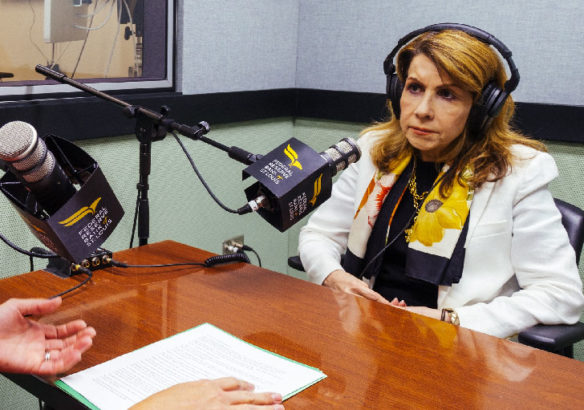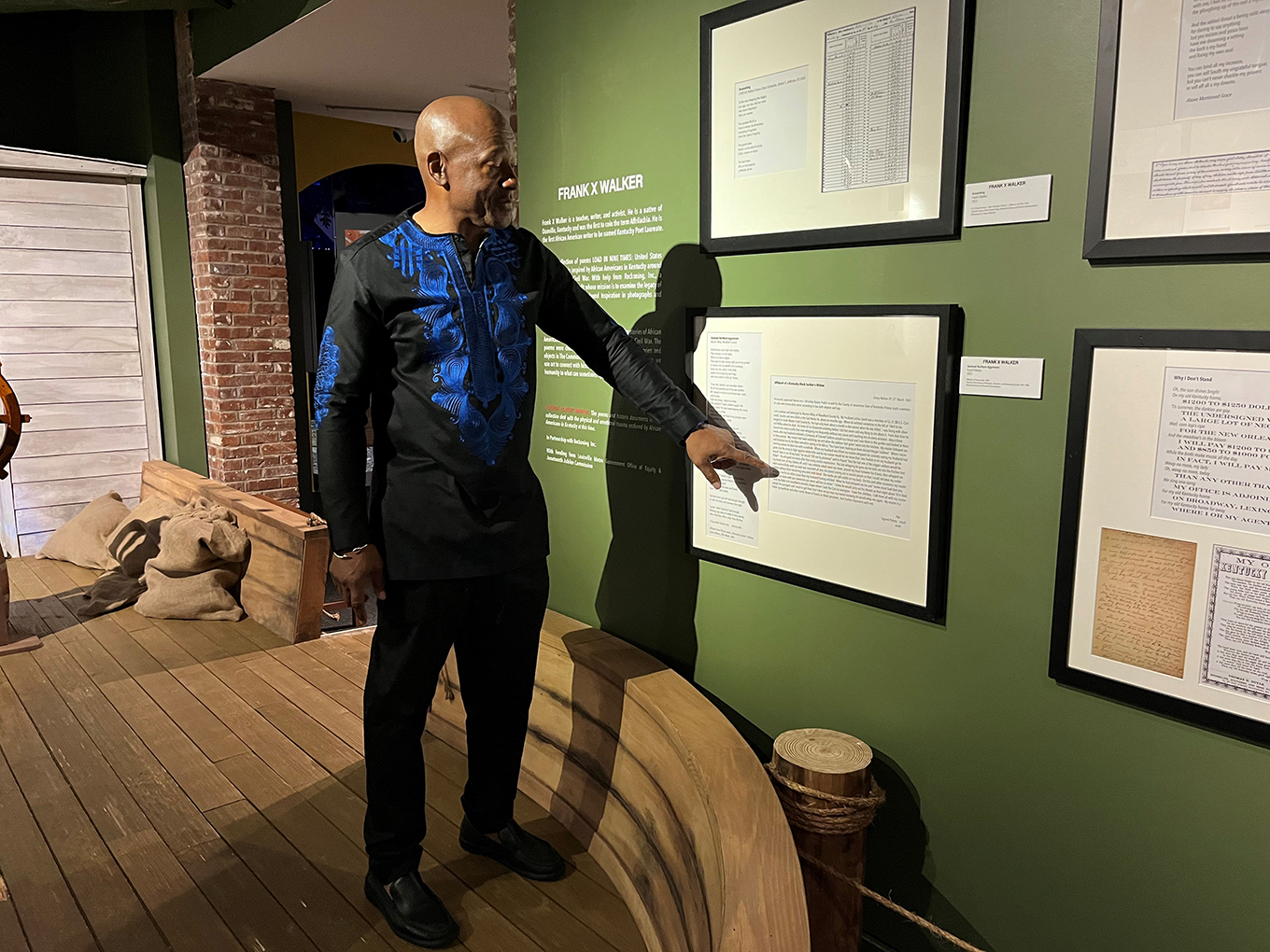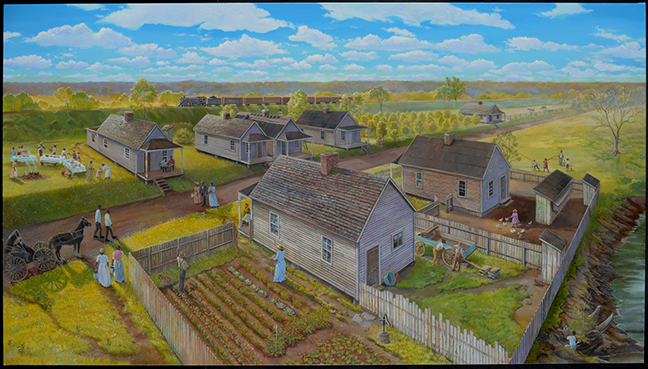
Carmen Reinhart, an expert on financial crises, speaks to the St. Louis Federal Reserve.
Photo courtesy of St. Louis Federal Reserve
March is Women’s History Month and we often use it to highlight important historical figures like Susan B. Anthony and Rosa Parks, but we shouldn’t forget that economists are making history too!
This March, why don’t you try adding a few history-making economists into the mix?
Below I offer a few simple ways to weave famous female economists into your social studies classes this month and beyond.
HISTORY PROGRESSION: CAUSE AND EFFECT
Anna Schwartz, monetary economist
Anna Schwartz and Milton Friedman discovered that the Federal Reserve can play a crucial role during a recession. Specifically, the Fed’s inaction at the start of the Great Depression made an already bad situation much worse. Here’s a video and additional resources on Schwartz’s life and accomplishments life and accomplishments.
Related Standards
- HS.UH.CE.3 Explain the political, social and economic causes and effects of economic boom and bust cycles between 1877-1945.
- HS.UH.CH.3 Analyze the impact of economic institutions, including the Federal Reserve, property rights, legal systems and corporations on the development of the United States from an agrarian to an industrial state from 1877-present.
Christina Romer, macroeconomic historian
Christina Romer made a major breakthrough in our understanding of economic indicators like gross domestic product and unemployment. She realized that faulty measurement prior to 1945 had created the illusion that the economy was growing more smoothly after 1945 than before and had attributed this improvement in economic stability to fiscal policy.
Related Standards
- HS.UH.CE.4 Assess the health of the U.S. economy by applying the economic indicators of inflation, deflation, Gross Domestic Product (GDP) and unemployment from 1877-present.
Carmen Reinhart, international and finance economist
Carmen Reinhart is an expert on financial crises. She argues that most booms and busts follow the same pattern, starting in a financial center like the United States and spreading throughout the rest of the world economy through interest rates and commodity prices. You can mention her when you cover The Great Recession or any other business fluctuation.
The St. Louis Federal Reserve has more episodes interviewing female economists.
Related Standards
- HS.UH.CE.3 Explain the political, social and economic causes and effects of economic boom and bust cycles between 1877-1945.
MACROECONOMICS
Janet Yellen, macroeconomist
Meet Janet Yellen, the first female chair of the Federal Reserve. She’s made influential contributions to several areas of macroeconomics, but you can mention her when you’re covering the Federal Reserve, monetary policy or the Great Recession.
Related Standards
- HS.E.MA.7 Explain how the Federal Reserve uses monetary policy to promote price stability, employment and economic growth.
SPECIALIZATION, TRADE AND INTERDEPENDENCE
Edith Penrose, industrial organization economist
Edith Penrose is not a well-known economist, but she did very important work on how a firm succeeds and grows. She was among the first to identify that economic growth is tied to ideas and that a firm’s success can be traced to its unique resources and specialties.
Related Standards
- HS.E.ST.1 Draw conclusions regarding the effect of specialization and trade on production, distribution and consumption of goods and services for individuals, businesses and societies.
- HS.E.ST.2 Analyze the role of comparative advantage in international trade
of goods and services. - HS.E.ST.3 Explain how international economic trends and policies affect political, social and economic conditions in various nations.
HUMAN INTERACTIONS AND INTERCONNECTIONS
Elinor Ostrom, Nobel Prize-winning Economist
Last but certainly not least, meet Elinor Ostrom. Ostrom was the first female to win the Nobel Prize in economics. Her research suggested that under certain conditions, small groups can manage scarce resources (e.g., fish, fresh water or timber) without clearly defined property rights.
Marginal Revolution University has more famous female economists on its website.
Related Standards
- HS.G.HI.2 Analyze how cultural and economic decisions influence the characteristics of various places.
Mary Clare Peate is the director of curriculum at Marginal Revolution University (MRU). She serves on the National Association of Economic Educators’ Executive Committee and on the Journal of Economics Teaching board. Before joining MRU, she held several different education-related roles, including middle school English teacher and math textbook editor. She holds a master’s in education and a doctorate in economics.



Leave A Comment